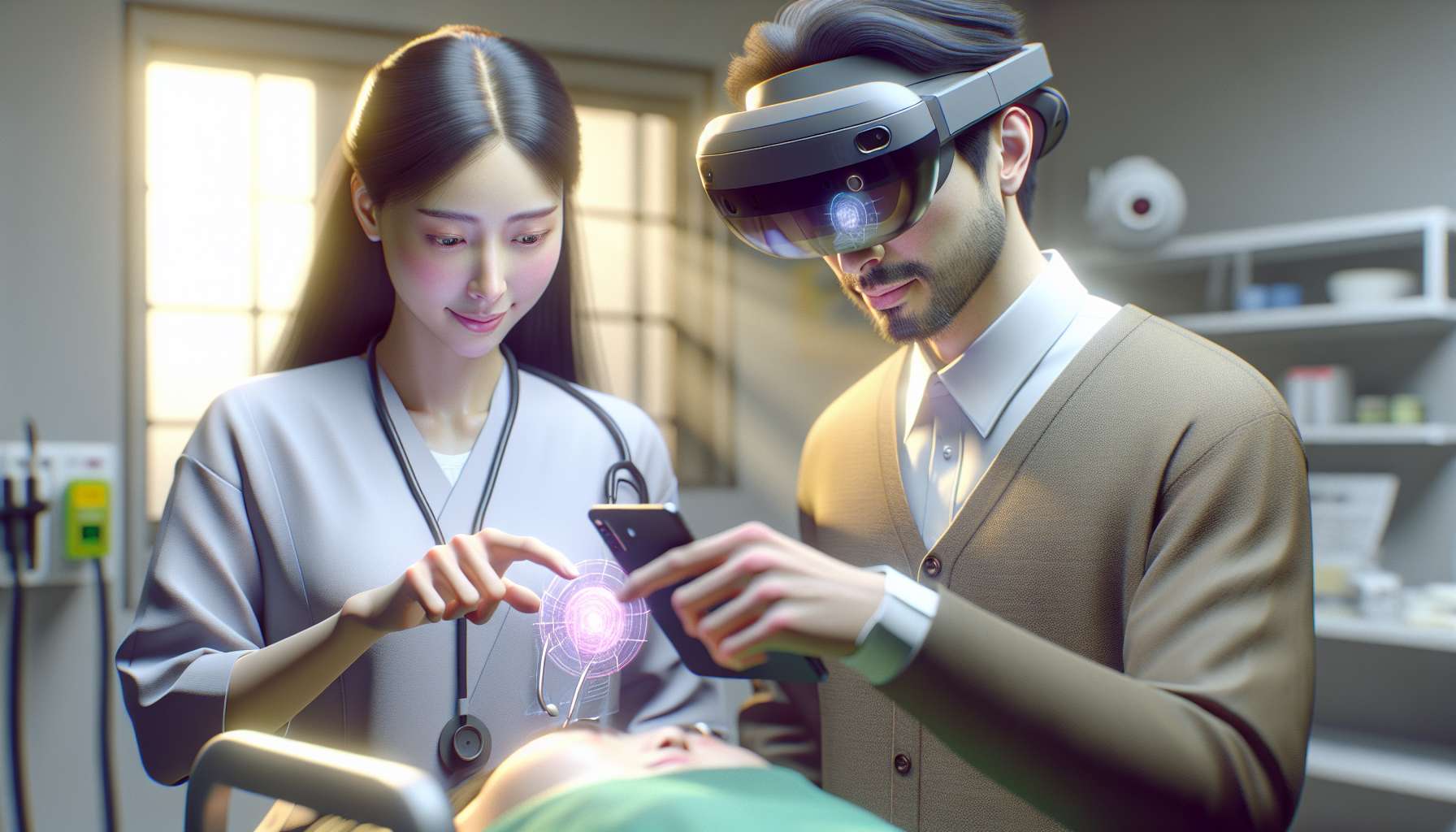Unlocking the Potential of Augmented Reality in Medical Device Demonstrations
As technology continues to advance at an unprecedented pace, industries across the board are finding innovative ways to leverage its power. One such industry that is on the cusp of a major transformation is healthcare. With the advent of augmented reality (AR), medical device demonstrations are being reimagined, revolutionizing the way healthcare professionals and patients interact with cutting-edge technology.
The Power of Augmented Reality
Augmented reality is a technology that overlays digital information onto the real world, enhancing our perception and interaction with our surroundings. By blending the physical and digital realms, AR has the potential to revolutionize medical device demonstrations, offering a host of benefits for both healthcare professionals and patients.
- Enhanced Visualization: AR allows healthcare professionals to visualize medical devices in real-time, providing a comprehensive understanding of their functionality and design. This immersive experience enables them to make more informed decisions and effectively communicate the benefits of these devices to their patients.
- Improved Training: Medical device demonstrations often involve complex procedures and intricate equipment. AR can simplify the learning process by providing step-by-step instructions and interactive simulations, allowing healthcare professionals to gain hands-on experience without the need for physical devices.
- Empowered Patients: Patients can also benefit from AR in medical device demonstrations. By visualizing how a device works and its potential impact on their health, patients can make more informed decisions about their treatment options. This increased transparency and understanding can lead to improved patient satisfaction and outcomes.
Real-World Applications
The potential applications of AR in medical device demonstrations are vast and varied. Here are just a few examples:
- Surgical Planning: Surgeons can use AR to plan complex procedures by overlaying digital models onto a patient’s anatomy. This allows for precise preoperative planning, reducing the risk of complications and improving surgical outcomes.
- Medical Education: AR can transform medical education by providing interactive and immersive learning experiences. Students can visualize complex anatomical structures and practice procedures in a safe and controlled environment.
- Remote Assistance: AR can enable remote experts to provide real-time guidance during medical device demonstrations. This can be particularly valuable in underserved areas where access to specialized healthcare professionals is limited.
The Future Outlook
The future of AR in medical device demonstrations is incredibly promising. As the technology continues to evolve, we can expect even more advanced features and functionalities. Imagine a world where healthcare professionals can collaborate in real-time, overlaying their expertise onto a shared AR environment. This level of collaboration has the potential to revolutionize healthcare delivery and improve patient outcomes on a global scale.
Furthermore, as AR becomes more accessible and affordable, we can anticipate widespread adoption across the healthcare industry. Medical device manufacturers will increasingly incorporate AR into their marketing strategies, allowing healthcare professionals and patients to experience their products in a more engaging and informative way.
Conclusion
Augmented reality is poised to transform medical device demonstrations, empowering healthcare professionals and patients alike. By enhancing visualization, improving training, and enabling informed decision-making, AR has the potential to revolutionize healthcare delivery and improve patient outcomes. As we look to the future, the possibilities are endless, and the impact on the healthcare industry is bound to be profound.





